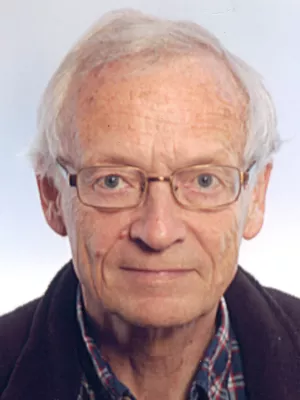
Torben Andersen
Professor emeritus (Leave of Absence)

Status of the Euro50 project
Author
Summary, in English
Department/s
- Lund Observatory - Undergoing reorganization
Publishing year
2004
Language
English
Pages
407-416
Publication/Series
Proceedings of the SPIE - The International Society for Optical Engineering
Volume
5489
Issue
1
Document type
Conference paper
Publisher
SPIE
Topic
- Astronomy, Astrophysics and Cosmology
Keywords
- segmented aspherical primary mirror
- atmospheric dispersion effects
- wavefront control
- high-resolution adaptive optics
- wind tunnel measurements
- wind load
- computational fluid dynamics
- primary mirror segment alignment system
- 50 m
- secondary mirror alignment system
- deformable secondary mirror
- exoplanet detection
- integrated modeling
- Euro50
- Extremely Large Telescopes
Conference name
Ground-Based Telescopes
Conference date
2004-06-21 - 2004-06-25
Conference place
Glasgow, United Kingdom
Status
Published
ISBN/ISSN/Other
- ISSN: 1996-756X
- ISSN: 0277-786X

